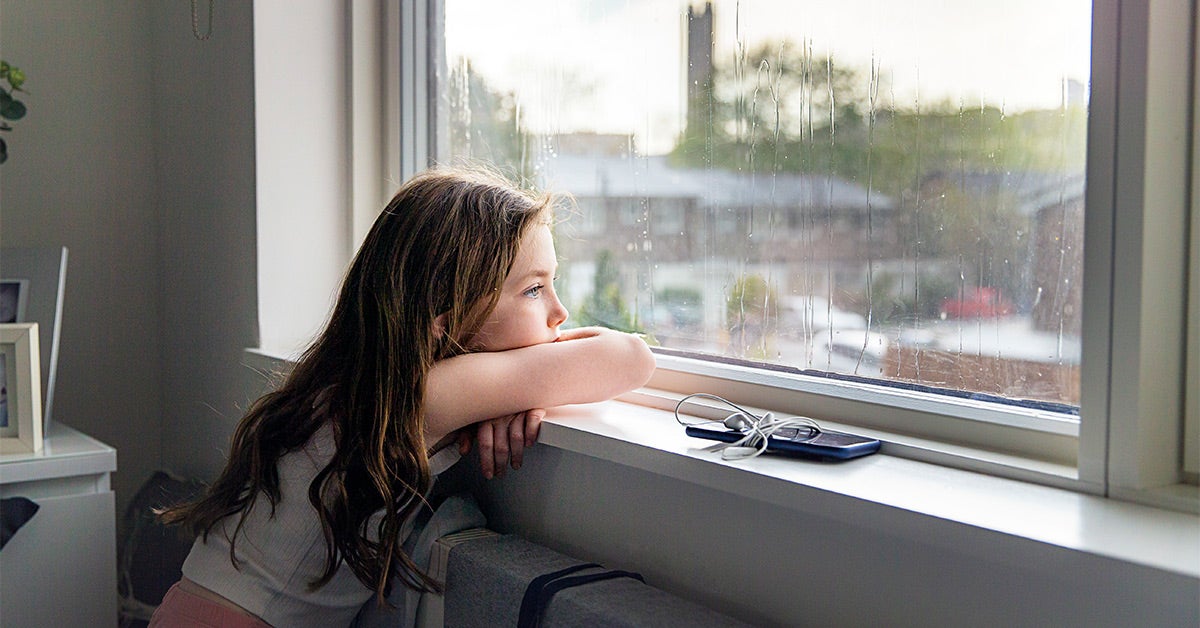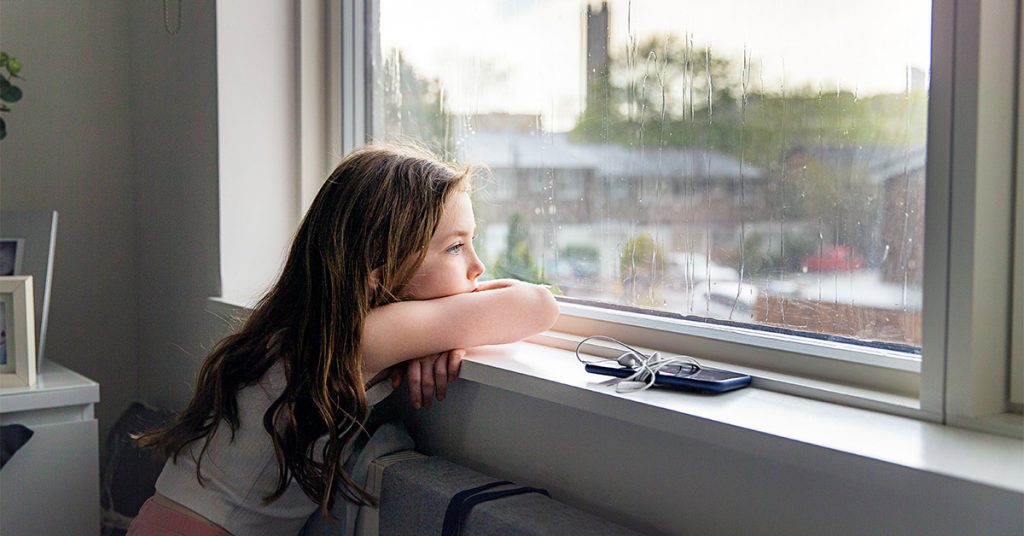
Anxiety affects people of all ages, including kids. Approximately
If you’re noticing an increase in fear, stress, and worry in your child, you might be wondering whether they’re dealing with an anxiety disorder. Being able to identify the signs and symptoms is a critical first step in helping your child with anxiety.
Keep reading to learn how to identify the symptoms of anxiety in children, how anxiety is diagnosed, and how it’s treated in this age group.
Some of the general symptoms of anxiety that are present in kids include:
- excessive fear and worry often related to family, school, friends, or activities
- worry about things before they happen
- low confidence and self-esteem
- physical symptoms such as stomachache, headache, muscle aches, or tension
- fatigue and restlessness
- irritability
- changes in appetite
- lack of concentration
- irritability and inability to relax
- trouble sleeping and nightmares
- fear of making mistakes or being embarrassed
According to the Journal of the American Academy of Child & Adolescent Psychiatry, children can present with an anxiety disorder in different developmental phases.
Generalized anxiety
Generalized anxiety disorder is prevalent during the school years, adolescence, and young adult years. In addition to the general symptoms listed above, kids with generalized anxiety disorder often show signs of:
- uncontrollable or excessive worries related to everyday activities and routines
- unrealistic worries not focused on a specific object or situation
- worries about the future
- difficulty minimizing the worry
- constant need for reassurance
- unusual concern about meeting expectations of family, school, or friends
Separation anxiety
Separation anxiety often surfaces in the preschool years. Signs to be aware of include:
- excessive worry or distress when away from or thinking about being away from a primary caregiver
- refusing to go to school
- extreme worries or fear about sleeping away from home
- tantrums or panic when being separated from parents
- clingyness
Selective mutism is another form of anxiety that involves children not speaking in specific situations. For example, a child may speak freely and often at home but not speak at all while she’s at school. This condition is typically present before the age of 10.
Specific phobias
Specific phobias may affect children during the school age years. Signs to be aware of include:
- excessive worry or fear directed at a specific situation, like a dental procedure, going over a bridge, or being in an elevator
- excessive fear or worry about an object such as animals, insects, or needles
Social anxiety
Social anxiety generally surfaces in the early adolescent years around age 13. Signs to be aware of include:
- excessive fear or worry in social situations
- fear of being judged or negatively evaluated by others
- avoidance of social situations and school
- few peer relationships or friendships outside of the family
Agoraphobia
Agoraphobia is most obvious during the later years, when people are adolescents and young adults. When a young person has agoraphobia, they may have excessive worry or fear about being in situations like crowds, where they’re unable to escape or get help should panic-like symptoms occur.
Panic
Panic generally surfaces during the later years, such as adolescent and young adult. Symptoms often include:
- extreme discomfort or fear in certain places or situations
- racing heart
- shortness of breath
Although children and adults share many anxiety symptoms, how they express their fear and worry is very different. Adults are often able to verbalize how they’re feeling.
Kids, especially younger ones, may exhibit their anxiety through negative behavior like temper tantrums or other physical symptoms.
If you’re wondering whether your child has an anxiety disorder, the first step is a conversation with your child’s pediatrician or primary care provider. They can help assess the severity and recommend a mental health expert or a clinic that specializes in diagnosing and treating children.
Once you find a therapist, psychologist, or psychiatrist to work with, they’ll likely do an evaluation involving a screening and assessment tools designed specifically for children.
After reaching a diagnosis, they’ll work with you on developing a treatment plan that may involve psychotherapy, medication, and lifestyle interventions.
The good news about anxiety, especially in children, is it’s treatable. Here are the most common treatment options for children with anxiety:
Therapy
There’s empirical evidence supporting the short-term effectiveness of cognitive-behavioral therapy (CBT) and selective serotonin reuptake inhibitors (SSRIs) for children and adolescents. Most experts will try CBT first, especially for mild to moderate anxiety.
CBT is considered the gold standard for treating anxiety. According to a
- educating children and caregivers about anxiety
- teaching techniques for managing symptoms
- using cognitive restructuring to challenge anxiety-provoking thoughts
- exposure to feared situations
- practicing problem-solving for coping with anxious situations
Mindfulness training
Mindfulness-based interventions may also help children manage anxiety symptoms.
Medication
Prescription medications like SSRIs are often reserved for more serious cases of anxiety or in situations when using the two together seems appropriate.
According to a
SSRIs that
Children are very resilient. With the right interventions, including treatment and support, they can learn to manage anxiety symptoms and live a full life.
For some kids, anxiety may be a lifelong condition, but for others, the symptoms and effects may be temporary and related to a particular situation. The good news is that treatment is very effective, and the outlook for children, adolescents, and teens is very promising.
Your child’s doctor should ensure, however, that the anxiety symptoms aren’t the side effects of a particular medication. Medications that may cause anxiety symptoms include:
Anxiety is something that all kids experience. How often they experience it and how severe it becomes will determine whether you should seek expert help for your child.
If you notice signs such as excessive worry and fear or physical symptoms such as stomachache, headache, and tension, it might be time to see your child’s doctor. They can help determine whether a referral to a mental health expert is needed.

